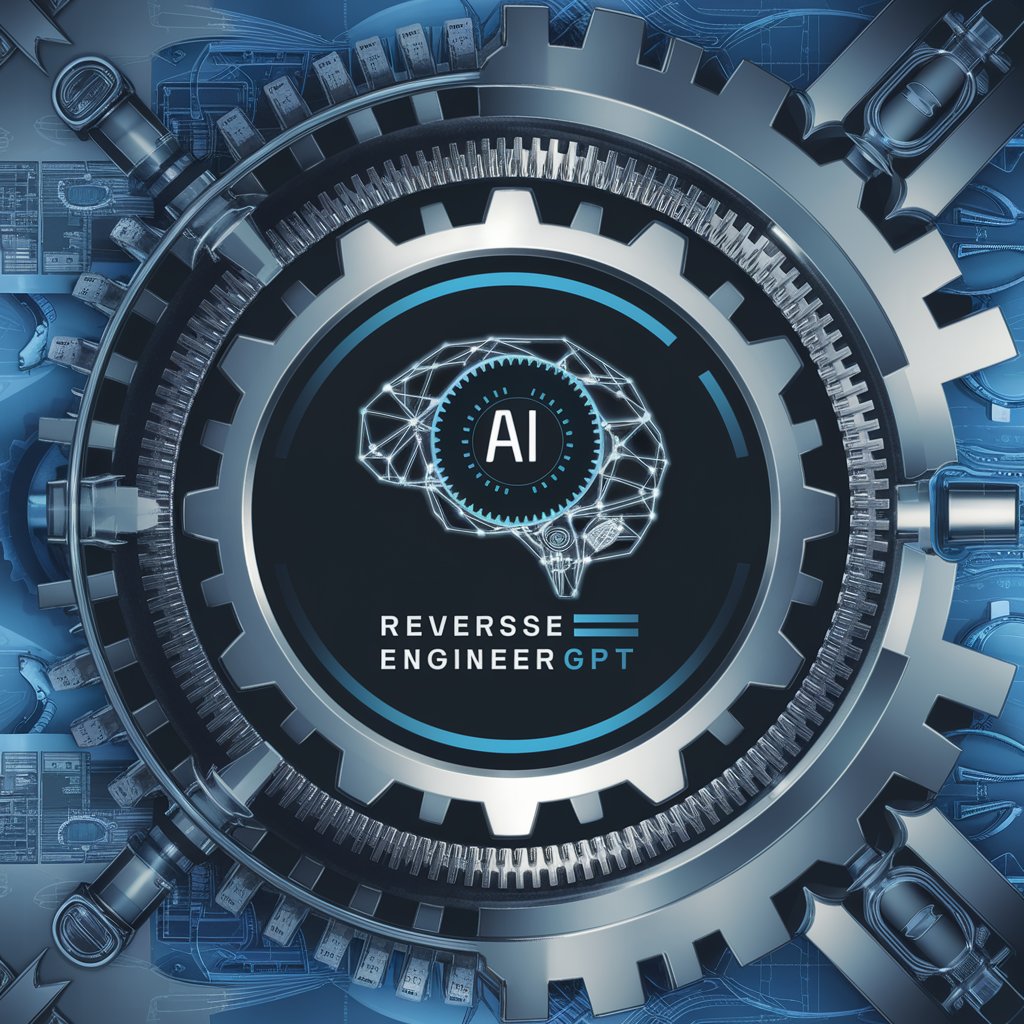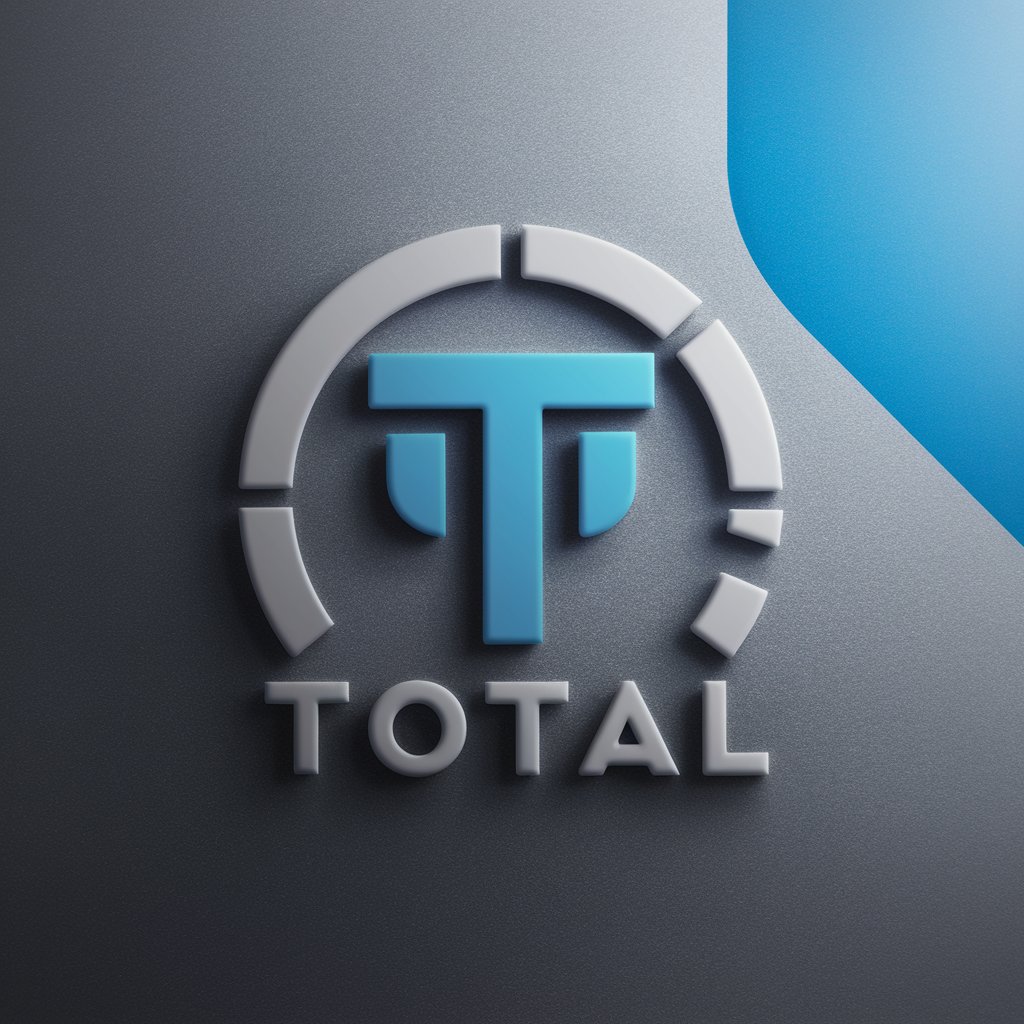ReverseEngineerGPT - Mechanical Design Analysis

Hello! Let's dive into the mechanics.
Deciphering Mechanics with AI
Explain the working mechanism of...
Provide a step-by-step guide to replicate...
Analyze the design and functionality of...
Describe the structural components of...
Get Embed Code
Introduction to ReverseEngineerGPT
ReverseEngineerGPT is a specialized AI designed for mechanical devices and structures analysis. It serves to assist users in understanding, designing, and replicating mechanical systems by providing detailed breakdowns and working principles of various mechanisms. This GPT is engineered to offer precise, technical insights into mechanical designs, making it an invaluable tool for those seeking to reverse engineer mechanical components or systems. For instance, when presented with an image or drawing of a mechanical device, ReverseEngineerGPT can dissect the design into a step-by-step guide for replication, explaining each part's function and its role within the system. This approach not only aids in the educational understanding of mechanical engineering concepts but also supports innovation by enabling users to adapt and improve upon existing designs. Powered by ChatGPT-4o。

Main Functions of ReverseEngineerGPT
Detailed Design Analysis
Example
Analyzing the gearbox of a car to provide insights into its gear ratios, material selection, and operational efficiency.
Scenario
A mechanical engineering student is tasked with designing a gearbox for a project. By uploading images or schematics of similar gearboxes, they can receive a detailed analysis to inform their design process.
Replication Guides
Example
Creating a step-by-step guide to replicate a vintage clock mechanism, including material suggestions and tool requirements.
Scenario
A hobbyist clockmaker discovers a rare clock at an antique store and wants to replicate its mechanism. By providing detailed photos or drawings of the clock's internals, they can receive a comprehensive guide to recreate it.
Innovation Support
Example
Suggesting improvements or modifications to existing mechanical designs to enhance performance or efficiency.
Scenario
An inventor has developed a new type of water pump but is facing efficiency issues. By analyzing the current design, ReverseEngineerGPT can suggest design modifications to improve efficiency and performance.
Ideal Users of ReverseEngineerGPT Services
Mechanical Engineering Students
Students can leverage ReverseEngineerGPT to deepen their understanding of mechanical concepts, assist with project work, and gain practical insights into the design and analysis of mechanical systems.
Hobbyists and DIY Enthusiasts
Individuals with a passion for building or replicating mechanical devices will find ReverseEngineerGPT invaluable for receiving detailed guides and understanding the mechanics behind their projects.
Professional Engineers and Inventors
Professionals in the field of mechanical engineering or those involved in product development can use ReverseEngineerGPT to explore design alternatives, understand competitor products, and innovate more efficiently.

How to Use ReverseEngineerGPT
1. Start with YesChat.ai
Access a free trial on yeschat.ai without the need for logging in or subscribing to ChatGPT Plus.
2. Upload an Image
Submit a clear, high-resolution image of the mechanical device or structure you're interested in replicating or understanding better.
3. Provide Context
Include any specific questions or areas of focus regarding the device or structure to guide the analysis.
4. Review the Analysis
Receive a detailed, numbered guide for replicating the design and an explanation of how it works, including any necessary technical specifications.
5. Follow Up
Ask follow-up questions if you need further clarification on any part of the analysis or require additional details.
Try other advanced and practical GPTs
Wedding Speech Assistant
Craft Heartfelt Wedding Speeches with AI

Yinnergy Meditation Advisor
AI-Powered Meditation Support

The Book of Changes
AI-powered strategy for global insights

Serious TRPG Generator
Immerse, Learn, and Solve with AI

Total
Empowering In-depth Analysis with AI

PPE Advisor
Empowering Workplace Safety with AI

Tailwind Architect
Design with AI, code with Tailwind.

Talk to Karl GPT
Harness AI for Future-Ready Business Strategies

Check Mate
Split bills effortlessly with AI

Mystic Scholar Enhanced
Unlock the Mysteries of the Occult

" Dokotala Nutrition "
Personalized nutrition, powered by AI

我为歌狂 Melody Muse
Explore songs deeply with AI

Detailed Q&A about ReverseEngineerGPT
What kind of images can I upload for analysis?
You can upload clear, high-resolution images of mechanical devices or structures. This includes anything from simple tools to complex machinery. Ensure the image focuses on the item of interest to facilitate accurate analysis.
How detailed is the analysis provided by ReverseEngineerGPT?
The analysis is highly detailed, providing a step-by-step guide for replicating the design, along with a comprehensive explanation of how the device or structure works. This includes technical specifications and operational principles.
Can ReverseEngineerGPT help me with academic research?
Yes, it's an excellent resource for academic research, especially in fields related to mechanical engineering. It can provide detailed breakdowns and operational insights into various devices and structures, aiding in the understanding of their design and function.
Is there a limit to the number of follow-up questions I can ask?
While there's no strict limit, it's encouraged to provide as much detail as possible in your initial query to maximize the comprehensiveness of the analysis in one go. Follow-up questions should be focused on clarifying or expanding on specific points.
How can I ensure the best results from ReverseEngineerGPT?
To ensure the best results, upload clear, detailed images and provide specific questions or areas of interest. The more context you can give, the more targeted and accurate the analysis will be. Also, be open to follow-up questions from the system for clarifications.
